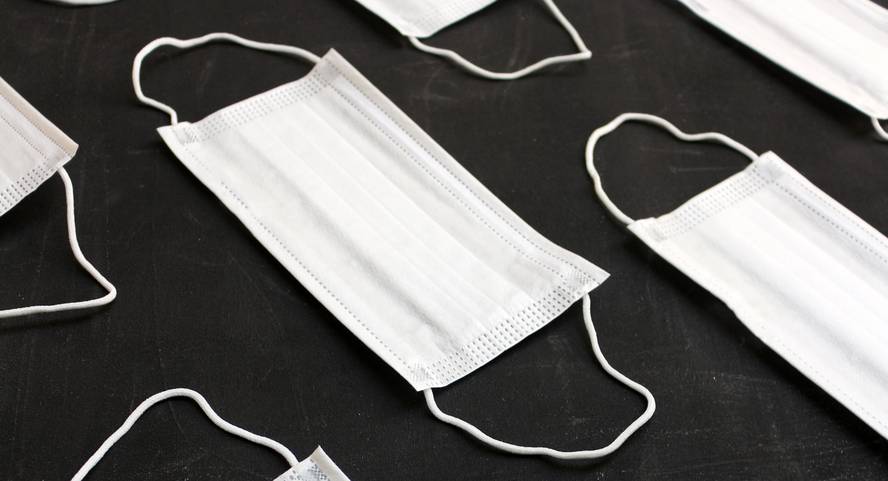Clear instructions for using masks
Published in Berria on February 16, 2021
Last week Andoni Egaña Makazaga recalled in the column Etxepekoak: "Last March-April we gave more importance to touch than to breath. They were forced slaves, not kisses. The finger was the key, not the breath."
However, the cleaning protocols – and disinfection – established at the time remain in force in most places and there are still prohibitions and barriers to sharing objects in libraries, schools and sports spaces, among others.
Well, according to an article recently published in the journal Nature, these measures are excessive under normal conditions. Although research conducted in the laboratory showed that viruses could remain on the surfaces for long periods of time, reality has shown that the virus is transmitted by inhalation of droplets and aerosols emitted by the airways, without evidence of infection by contact with a contaminated surface or object. Therefore, the journal recommends that care, efforts and resources be invested in avoiding aerosol transmission and not so much in disinfection.
Putting on the mask, being outdoors or in well-ventilated places and avoiding crowds are the most effective measures. About masks, however, there is always some question in the air. Scientists have already shown that they are able to protect not only others if they are infected, but also yourself. Now it is debated which mask to use or how much.
In fact, the U.S. Center for Disease Control and Prevention (CDC). has renewed instructions on masks and recommended the use of a cloth above the surgical mask. Thus, it has spread that it is best to dress two masks. However, experts have warned that the most important thing is not the number of masks, but to dress well, without leaving any gaps. In fact, the CDC has also given that reason to recommend the second mask: the surgical would help adapt to the face. It also indicates that fabric masks are suitable as long as they have filter in the layer range.
At the same time, some European territories have recommended or forced masks type FFP2 in certain places (public transport, supermarkets, etc. ). Given this situation, experts have explained that these masks are especially suitable for professionals such as hospital staff, senior caregivers or public service providers. But for those who are not at great risk of contagion, they are not necessary, even more, because being stiffer than others, they often do not fit the face well.
This reasoning recalls the explanations that some experts explained last spring to avoid the use of masks: that they gave a false sense of security, that misuse was more dangerous than not carrying anything...
It is clear, however, that in closed and poorly ventilated places where there are many people, the mask is fundamental and, therefore, the more protection it offers the better. And the best are the FFP2. This does not mean that they are necessary in all situations: if you are outdoors and alone, no need for FFP2. But, following the precautionary principle, in small and crowded spaces, those of the FFP2 may not be excessive.
Masks produce great drawbacks. It is not easy to adapt properly, they must be cleaned or changed frequently, single-use ones have a remarkable influence on the environment, irritate the skin and evaporate the glasses and, above all, hinder communication. However, along with ventilation and the distance between them, they are the main means to prevent transmission of the virus.
Since the initial questions have already been answered, it would be appropriate to provide citizens with clear attitudes and ensure their accessibility for all. Until getting immunity through vaccination, it will be our main protection.






